In smaller kitchens, where every inch of space matters, organizer shelves provide both structure and visual harmony. Their purpose extends beyond storing spices, jars, or utensils; they contribute to the overall impression of the room. By lifting items off the countertop, shelves open up surfaces, making the kitchen appear less crowded. This sense of openness plays an important role in how a small space is perceived.
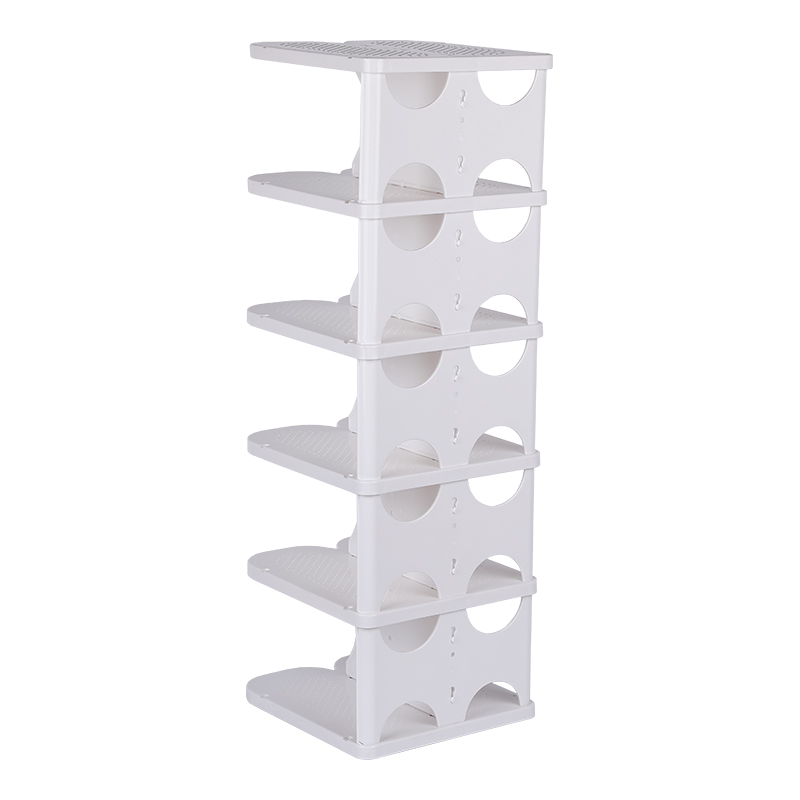
Organizer shelves also allow homeowners to display items in a curated manner. Placing neatly arranged dishes or a row of spice jars on a shelf gives the kitchen a sense of order and personality. Unlike larger storage units that may dominate the room, these smaller solutions blend subtly into the background, supporting both practicality and aesthetics. The choice of materials, whether wood, metal, or glass, adds another layer of character. A wooden shelf may bring warmth, while a sleek metal shelf conveys modern simplicity.
Shelves in compact kitchens serve as quiet enhancers. They create organization while shaping the visual tone of the space. Their contribution to aesthetics lies in balance: they offer a structure that minimizes clutter while highlighting the beauty of everyday objects.
Racks, often paired with small shelves, hold a unique position in kitchen organization. Unlike closed cabinets, racks provide visible access to items, which can either improve or hinder the appearance of the space depending on how they are used. For instance, a well-arranged dish rack filled with plates of similar color can appear almost decorative, while a cluttered rack may overwhelm the eye. This dual nature makes racks both useful and influential in shaping the room's atmosphere.
Small kitchens benefit particularly from racks designed with multifunctional features. A rack that accommodates mugs beneath a shelf, or one that combines hooks for utensils with a top tray, maximizes space while adding layers of visual interest. In this way, racks are not only storage tools but also contributors to the rhythm of design.
Material choice once again matters. Stainless steel racks reflect light and suit modern interiors, while black-coated racks add definition in minimalist spaces. Wooden racks, although less common, soften the look of the room and coordinate well with rustic or cozy kitchen themes. Through these variations, racks give homeowners the opportunity to shape how their kitchen feels without requiring extensive renovation.
When shelves and racks are used together thoughtfully, they can form a cohesive aesthetic. A narrow shelf above a counter might hold spices, while a small rack beneath it keeps cups within reach. This layered arrangement provides both order and accessibility. Importantly, it also creates a sense of rhythm, as the eye moves from one horizontal or vertical line to another.
The key to achieving cohesion lies in moderation. Too many racks or shelves may result in visual clutter, which diminishes the sense of spaciousness. On the other hand, a carefully selected combination enhances both beauty and utility. Aligning materials and finishes—such as pairing a wooden shelf with matching wooden racks—further ties the look together. Consistency in style prevents the kitchen from appearing piecemeal, reinforcing the idea that even small storage choices influence the character of a space.
It is worth noting that racks affect not only the look but also the rhythm of daily routines. Because racks keep items visible, they remind users to maintain order. A tidy rack holding utensils or spices creates an impression of neatness, while an unkempt rack can quickly alter the feel of the entire kitchen. This makes racks subtle tools of discipline: their visibility encourages organization, which in turn enhances aesthetics.
Moreover, racks can reflect personal taste. Some households prefer uniform dish racks that emphasize consistency, while others use eclectic racks to showcase a mix of styles. The flexibility of racks in both form and placement makes them adaptable to various kitchens, whether modern, traditional, or transitional.

 English
English 中文简体
中文简体


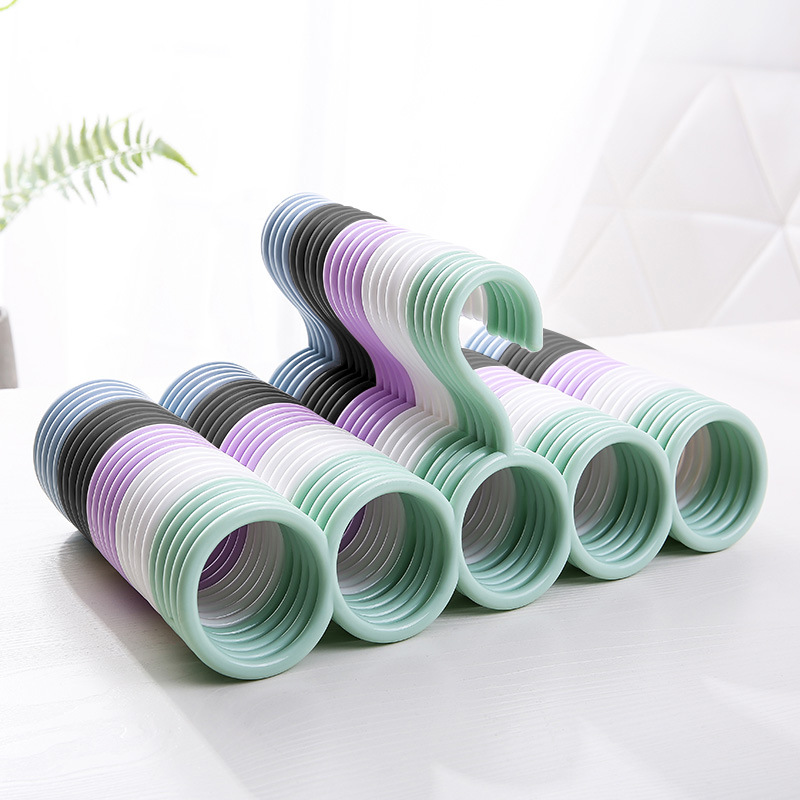
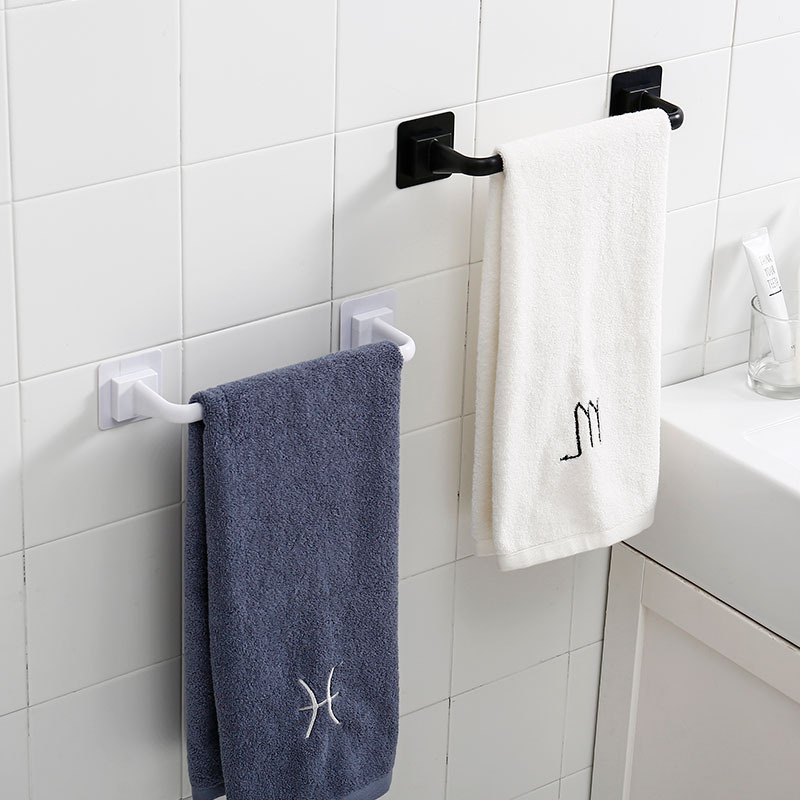
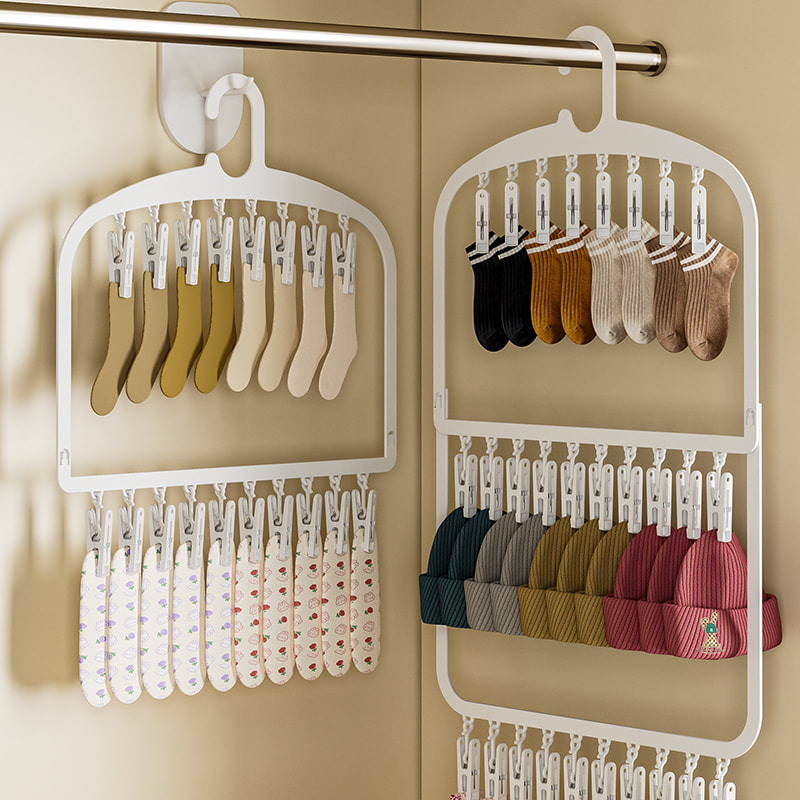
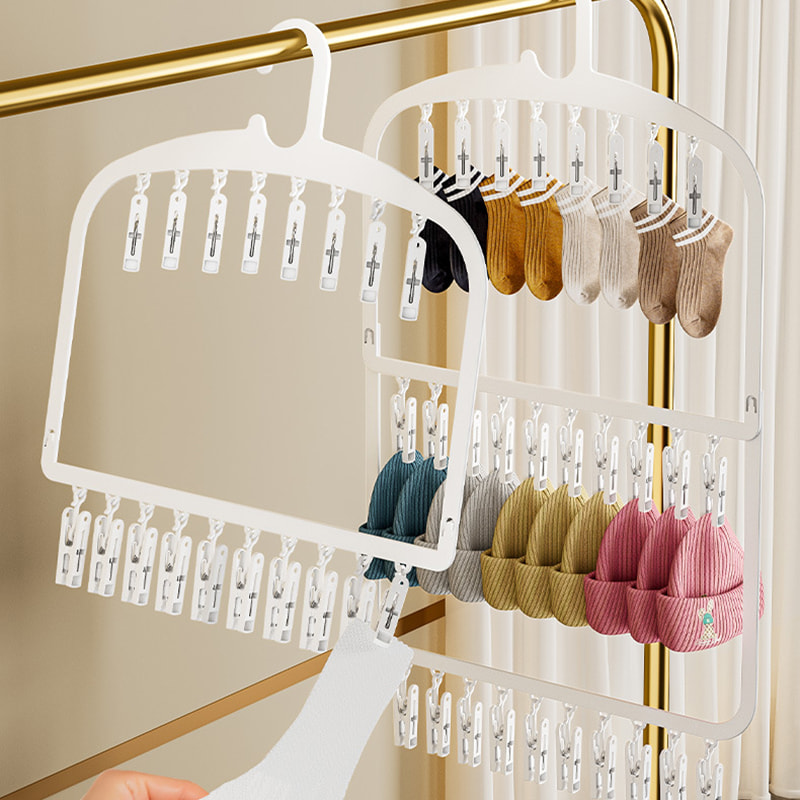
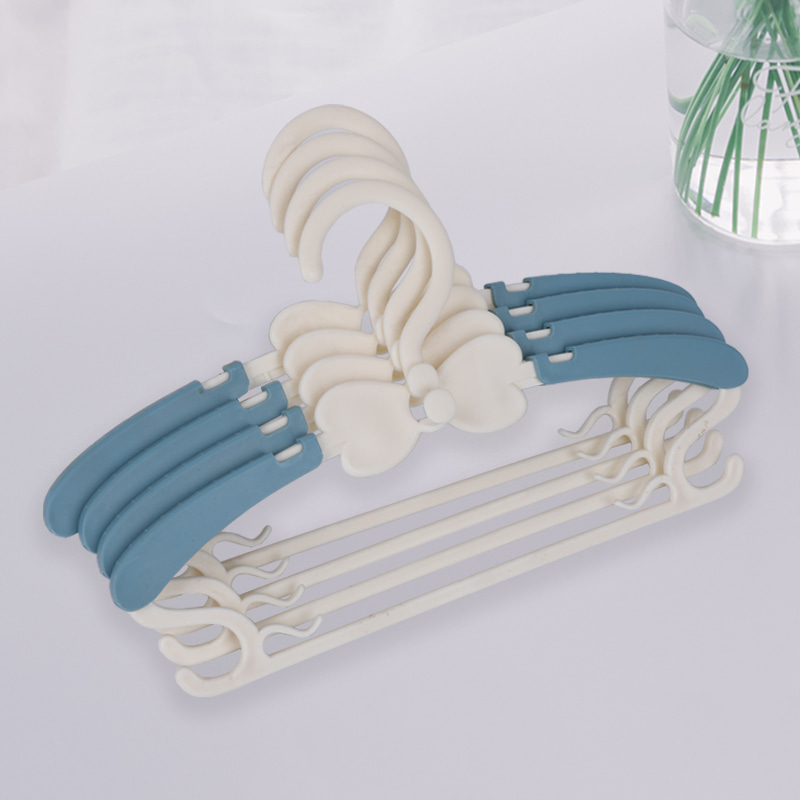
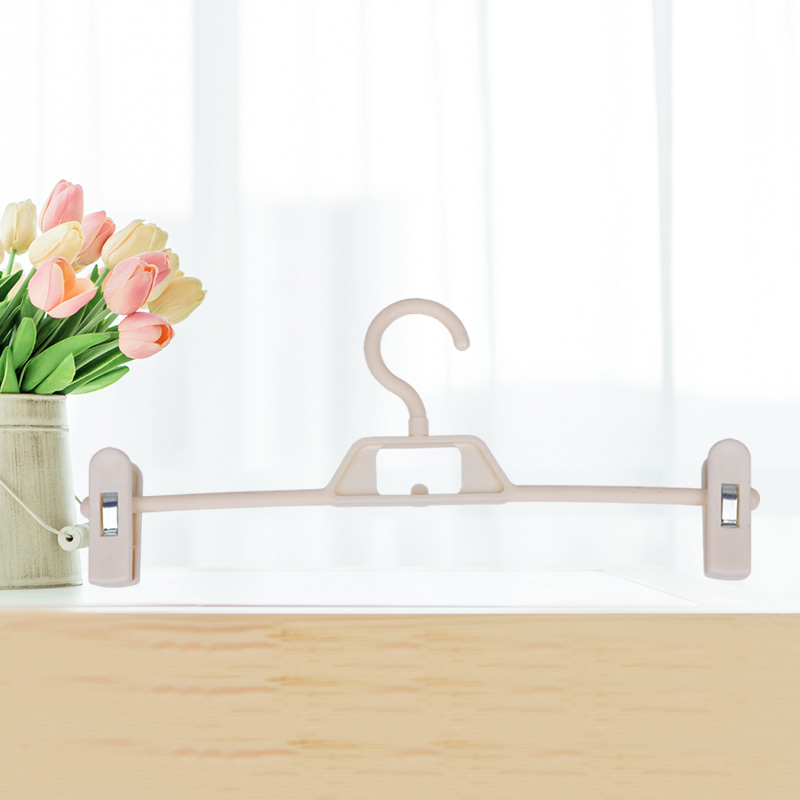
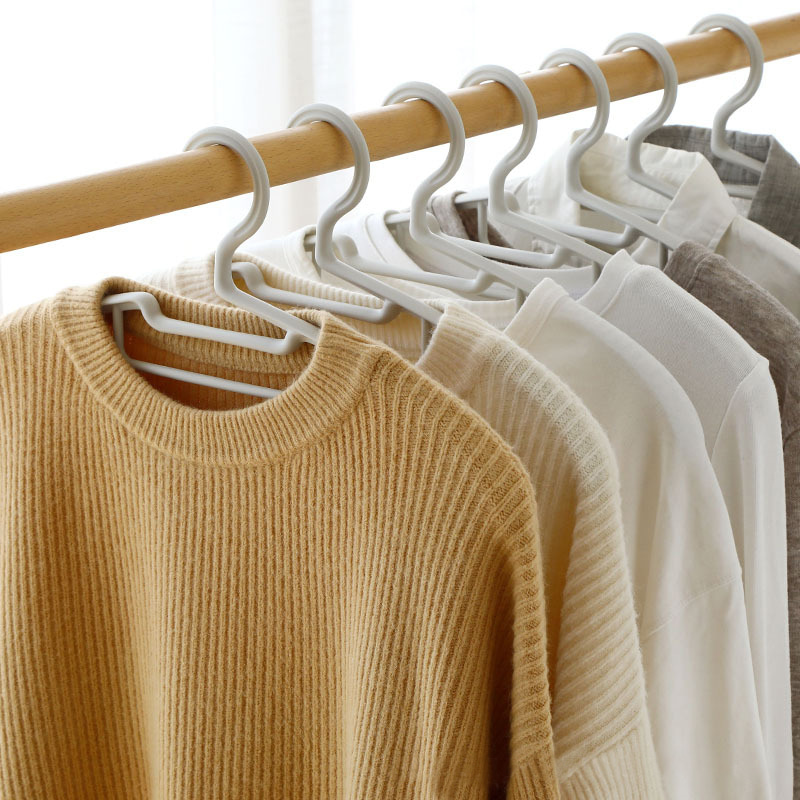
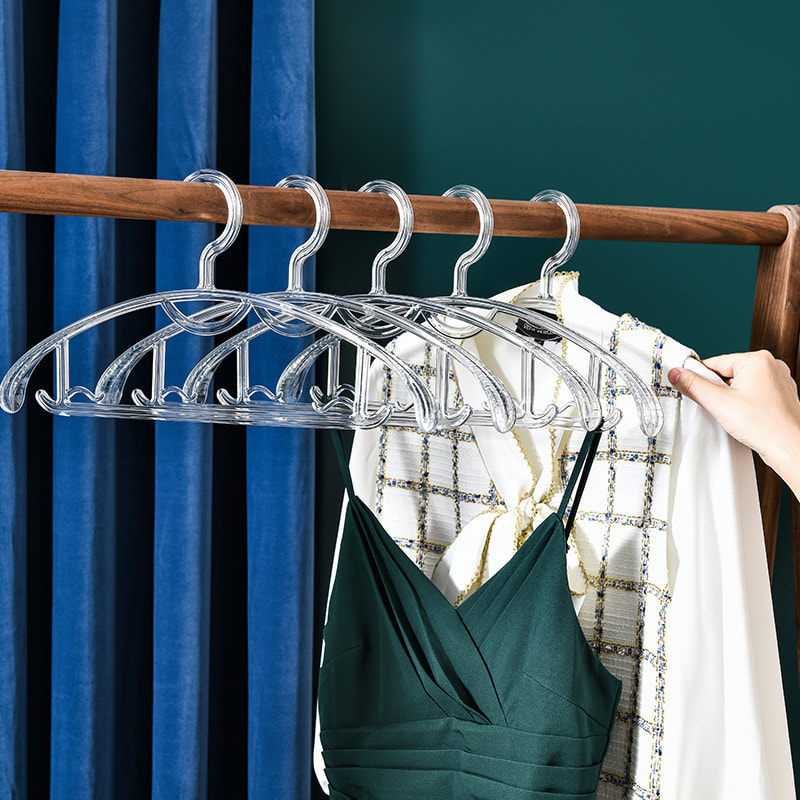
 Phone
Phone
 Email
Email